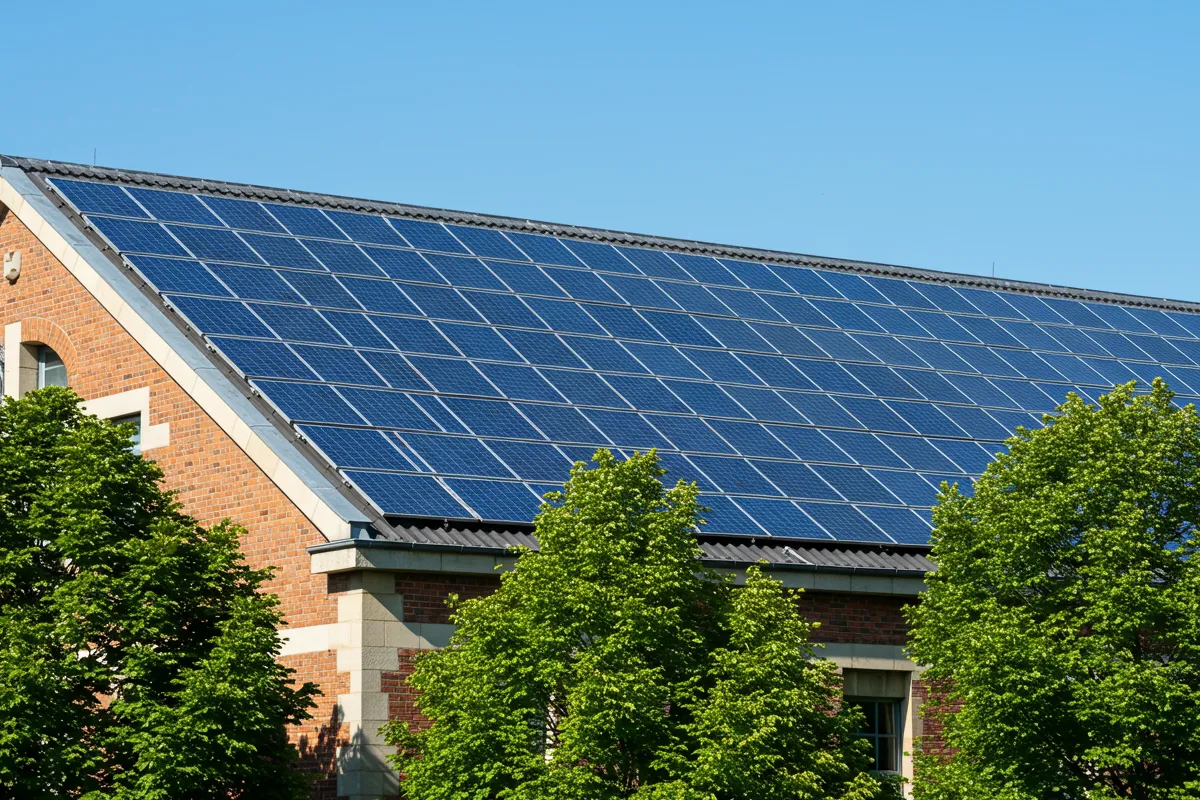As the UK continues its journey towards cleaner energy and sustainable living, the precision of solar investment forecasts becomes more critical than ever. In a significant update that has resonated across the renewable energy sector, the official European photovoltaic (PV) production estimator has undergone a major overhaul. Originally developed by the European Commission, this tool is now sharper than ever at calculating the potential output and profitability of solar installations—a game changer for both householders and industry professionals. CommaFast is proud to bring you an in-depth look at how these improvements can redefine your investment strategies in solar energy.
A New Era for Solar Production Forecasts
The revamped estimator tool merges a wealth of meteorological, geographical, and technical data to fine-tune predictions for solar panel output. In today’s market, where even slight inaccuracies in system design can lead to significant financial variances over the lifespan of a solar project, a precise tool isn’t just an advantage—it’s fundamental. By incorporating updated performance coefficients and adapting to the newest generations of photovoltaic modules, this tool now provides accuracy that was previously unattainable.
Why the Update was Essential
For nearly fifteen years, households had been relying on algorithms that were calibrated to first-generation PV panels. With continuous advancements in solar technology, those legacy estimates no longer met the rigorous demands of modern installations. The overhaul centers on recalibrating coefficients for both crystalline silicon panels—last updated in 2011—and thin-film modules, whose metrics hadn’t seen an update since 2010. This recalibration ensures that the tool can reflect the higher efficiencies and improved durability of today’s panels. By doing so, the new version mitigates the risk of miscalculations and helps users gauge a more realistic return on investment.
Technical Insights into the Revamp
At its core, the enhanced tool integrates a broader range of variables:
- Solar Irradiance: Detailed measurements of sunlight availability by location.
- Panel Orientation and Tilt: More nuanced factors that influence energy capture throughout the year.
- Material Efficiency: Revised coefficients mirror the improvements seen in both crystalline and thin-film solar cells.
The update involves rigorous testing under diverse weather conditions and geographical settings to ensure the system’s reliability across different climates. The recalibration process refines the performance benchmarks, providing users with a tailor-made forecast that can be trusted for long-term investment planning.
Below is an illustrative table comparing the previous update timeline with the current one:
| Panel Type | Last Updated (Old Coefficient) | Latest Update (New Coefficient) |
|---|---|---|
| Crystalline Silicon | 2011 | 2025 |
| Thin-Film (CIS/CdTe) | 2010 | 2025 |
This table encapsulates the key changes, highlighting how these improvements align with the latest market realities.

Implications for Homeowners and Professionals
For potential solar adopters in the United Kingdom, the enhanced estimator is more than a digital tool—it’s a strategic ally. Homeowners can now simulate their installation’s performance, tailored to their specific roof orientation and local climate, enabling informed decisions about system size and configuration. Meanwhile, energy professionals and installers gain an upgraded resource that supports more accurate project bids and financial models, potentially reducing reliance on expensive consultancy services.
Moreover, as the demand for renewable energy accelerates, having precise profitability forecasts can help in setting realistic payback periods and aligning household budgets with future energy savings. Whether you plan to self-consume or even feed surplus energy back into the grid, a granular understanding of expected yields amplifies overall project value.
Integrating the Updated Tool into Your Energy Strategy
At CommaFast, we believe that innovation in renewable energy tools is a critical driver for accelerating the low-carbon transition. By leveraging the updated European production estimator, consumers and industry experts alike can bridge the gap between theoretical performance and real-world output. The tool’s refined accuracy also supports governmental incentive programs, ensuring that energy investments are complemented by the latest available data.
In practical terms, incorporating such technology into your decision-making process involves:
- Mapping Local Solar Potential: Using the enhanced irradiance and climate data to determine the feasibility and scale of your installation.
- Optimising System Design: Adjusting the orientation and tilt based on precise geographical metrics.
- Maximising Financial Returns: Aligning your planning with updated yield predictions to secure optimal payback periods.
This comprehensive approach signifies a new era in renewable energy planning—one where the promise of solar is backed by robust, trustworthy data.
Conclusion
The transformation of the European PV production tool marks a pivotal moment in solar energy analytics. By providing deep insights into production accuracy and investment viability, this update empowers UK homeowners and solar professionals alike to make better-informed decisions. As you consider your next renewable energy project, remember that precision in prediction is the key to maximizing both environmental and financial returns. CommaFast invites you to explore this leap forward in solar technology and join the movement towards a more sustainable and economically sound future.




